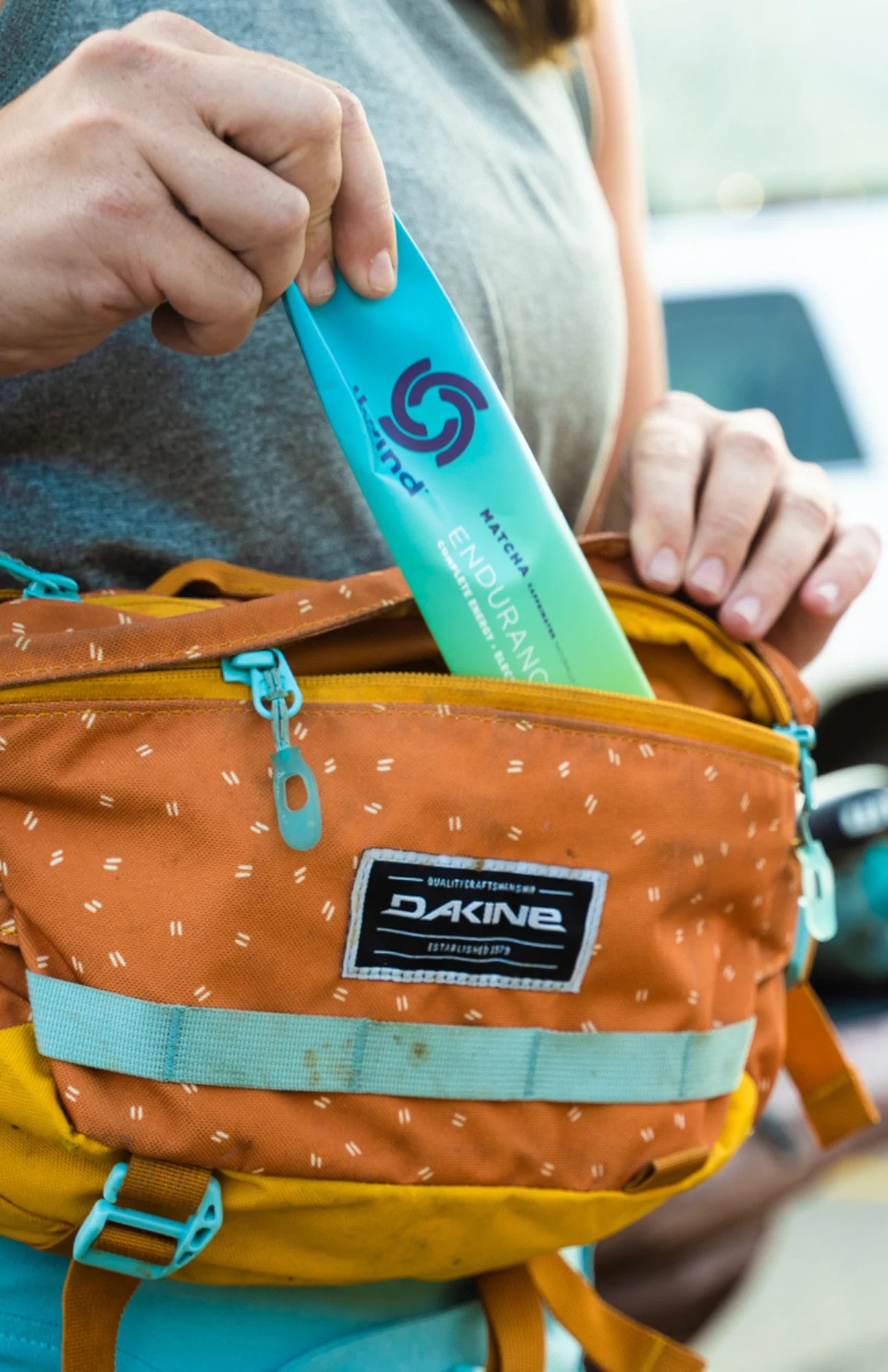WHAT CAUSES CRAMPING AND HOW CAN I PREVENT IT?
0 Comments
Cramping during exercise is a common occurrence, and can be a painful and frustrating experience for many athletes. Cramping can range in severity from mild discomfort to severe muscle spasms, and can occur in any muscle group during exercise. While the exact causes of cramping during exercise are not fully understood, there are several factors that are believed to contribute to this phenomenon.
One of the most common causes of cramping during exercise is dehydration. When the body becomes dehydrated, it loses electrolytes, which are essential for proper muscle function. Electrolytes such as sodium, potassium, and magnesium are important for maintaining muscle contractions and preventing muscle fatigue. When these electrolytes become imbalanced, it can lead to muscle cramping. Therefore, it is important to stay hydrated before, during, and after exercise, and to consume electrolyte-rich fluids such as sports drinks.
Another common cause of cramping during exercise is muscle fatigue. When muscles are overworked or fatigued, they become more susceptible to cramping. This is because fatigue can cause a buildup of lactic acid in the muscles, which can interfere with muscle contractions and lead to cramping. To prevent muscle fatigue, it is important to gradually increase the intensity and duration of exercise over time, and to take regular breaks to allow the muscles to recover.
In addition to dehydration and muscle fatigue, there are several other factors that can contribute to cramping during exercise. These include:
-
Poor nutrition: A diet that is low in essential nutrients such as calcium, magnesium, and potassium can increase the risk of muscle cramping. To prevent cramping, it is important to eat a well-balanced diet that includes plenty of fruits, vegetables, and lean proteins.
-
Overexertion: Exercising at a high intensity for an extended period of time can cause muscle fatigue and increase the risk of cramping. To prevent cramping, it is important to listen to your body and take breaks when needed.
-
Medical conditions: Certain medical conditions such as diabetes, kidney disease, and thyroid disorders can increase the risk of muscle cramping during exercise. If you have a medical condition, it is important to talk to your doctor before starting a new exercise program.
-
Cold weather: Exercising in cold weather can cause muscles to contract and increase the risk of cramping. To prevent cramping in cold weather, it is important to warm up properly before exercising and to wear warm clothing.
To prevent cramping during exercise, there are several steps that you can take. These include:
-
Stay hydrated: Drink plenty of fluids before, during, and after exercise to maintain proper hydration levels and electrolyte balance. Tailwind Nutrition Endurance Fuel provides a full complement of electrolytes to help keep you hydrated.
-
Eat a well-balanced diet: Make sure your diet includes plenty of fruits, vegetables, and lean proteins to provide the essential nutrients needed for proper muscle function.
-
Gradually increase exercise intensity: To prevent muscle fatigue, gradually increase the intensity and duration of exercise over time.
-
Stretch before and after exercise: Stretching can help to prevent muscle tightness and cramping.
-
Take breaks when needed: If you feel fatigued or notice signs of cramping, take a break and allow your muscles to recover.
-
Wear appropriate clothing: In cold weather, wear warm clothing to prevent muscle contraction and cramping.
Cramping during exercise can be a painful and frustrating experience, but it can often be prevented by staying hydrated, eating a well-balanced diet, gradually increasing exercise intensity, stretching, taking breaks when needed, and wearing appropriate clothing. By taking these steps, athletes can minimise the risk of cramping and enjoy a more comfortable and successful workout.

